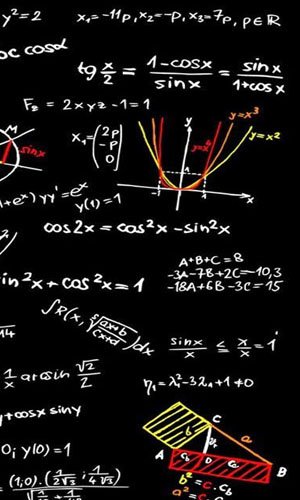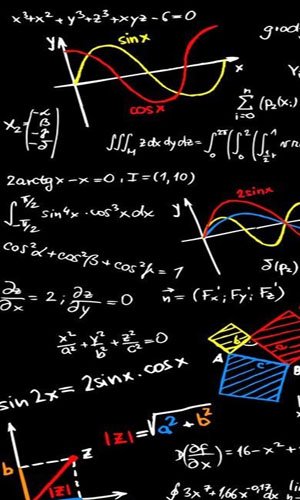The philosophical contents of physics

It may seem strange but, there is a great relationship between physics and philosophy. Philosophical speculation has been present in the development of the great theories of current physics.

The great change in the conception of physics is found in the Einstein era. For Einstein, the factual data for the construction of knowledge was no longer necessary. Nothing to do with that apple that woke up in Newton the suspicion of what would later be the law of universal gravitation. The new physics of the twentieth century began in a set of hypothetical theories with a strong mathematical support; Experimentation and validation came after working with just numbers.
This theoretical physics is basically philosophy. A living philosophy, which seeks to establish its truth in verification and falsification (Karl Popper), not only in the demonstration.
The philosophical components of the new physics’s order are fundamentally ontological and epistemological. Ontological, because it seeks an exact description of the cosmic reality (ancient Greek philosophy) from the phenomenal study of reality. And, epistemological (theory of scientific knowledge), because it is necessary to clarify the relationship between the research subject and the objective reality that he tries to capture and enclose in the language of mathematical equations and common language.

Einstein's theory of general relativity is fundamentally ontology: a radically new speculation about time and space and its relation to matter. Another way to understand the origin of reality.

In quantum mechanics, especially in the uncertainty principle of Heisenberg, we find the epistemological component, because it introduces the probability in the atomic field and statistics in the physical macroworld. Another twist to the way of understanding knowledge as an objective reality. From Heisemberg, the floor that held the idea of an object-subject relationship, more or less stable, turn’s into ashes. The conditions are created to advance beyond positivist objectivism.
As experimentation consolidates the validity of these new ontological and epistemological assumptions, it opens the possibility of providing stronger norms, less tied to beliefs, for decision making in the political and social field.
Although the epistemology and the ontology of physics do not solve personal problems, they help a lot to understand issues related to our existence. They teach, for example, that religiously believe cannot mean scientifically knowing. Religious thought consists in converting a set of ideas, feelings and desirable possibilities in order to live and art of dying. The religiosity of a mind illuminated by science is more human, sensible and firm than that of the ignorant.
In the 19th century, science, due to its extremely materialistic nature, completely closed itself to the religious phenomenon.

In the twentieth century, science took a big step to be able to open up to religious thought. The concepts of matter, energy and evolution shook the building of nineteenth-century materialism. The criteria of truth, based on probability, provisionality and reasonable belief, facilitate an epistemology open to the wise knowledge and taste of traditional religions.
It may be that in the near future, this more universal epistemology achieves an acceptable ecumenical concordance of the religious, ethical and political divergences between East and West. A minimum harmony necessary to coexist in a planet which science and technology turned into a "global village".
We’ll read each other again.

Source of the images. I II y III

I appreciate all your comments.


Read my profile if want me to resteem your post to over 72,500 followers. @a-0-0